Elasticsearch: join and bonus queries
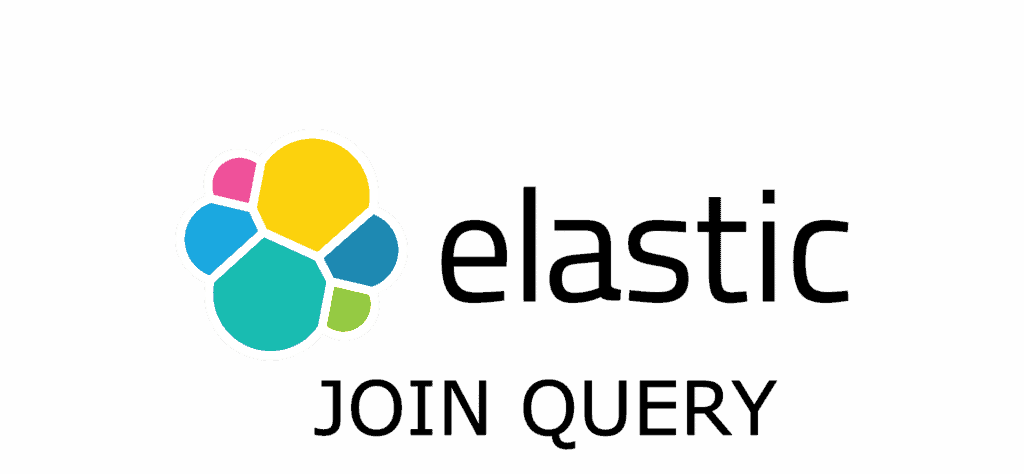
Elasticsearch is a very good NoSQL database for performing efficient searches on textual and structured data. Despite this, it does not natively support joins between documents. However, there are queries that, by means of an appropriate schema definition, allow searches on related documents between them. We will find out how to write join queries and also some particular queries that might be useful in our projects.
Elasticsearch: compound query

Elasticsearch offers a very valuable tool for performing simple as well as complex searches. In this article we will understand how to include multiple conditions in the same query and modify the score calculation based on custom functions and data values.
Elasticsearch: use of term queries

Elasticsearch offers a very valuable tool not only for textual searches, but also for structured data. In this article we will understand how to query structured fields using term queries. The various types of queries will allow us to refine the searches for our future projects.
Elasticsearch: use of match queries

Elasticsearch offers a very good tool for textual queries. In this article we will begin to understand how to query textual fields using match queries. The various types of queries will allow us to refine the searches for our future projects.
ElasticSearch 8: new features of the new version
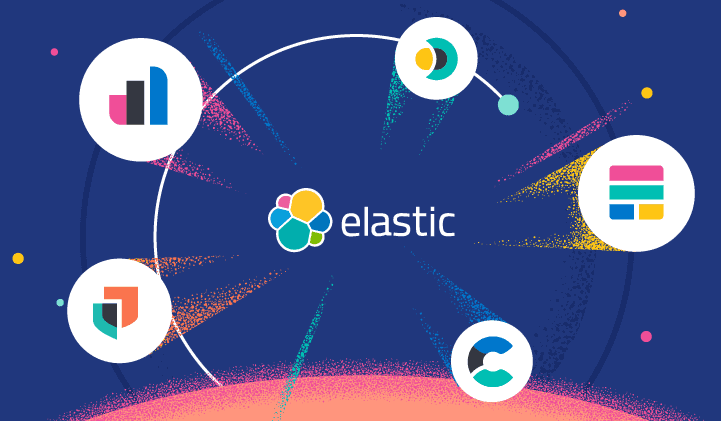
Elastisearch is a NoSQL database used primarily for building search engines. In fact, thanks to the integration of Apache Lucene it allows to properly index text documents and perform very accurate searches. The new release introduces some new features and improvements over version 7.
Kibana: build your own dashboard
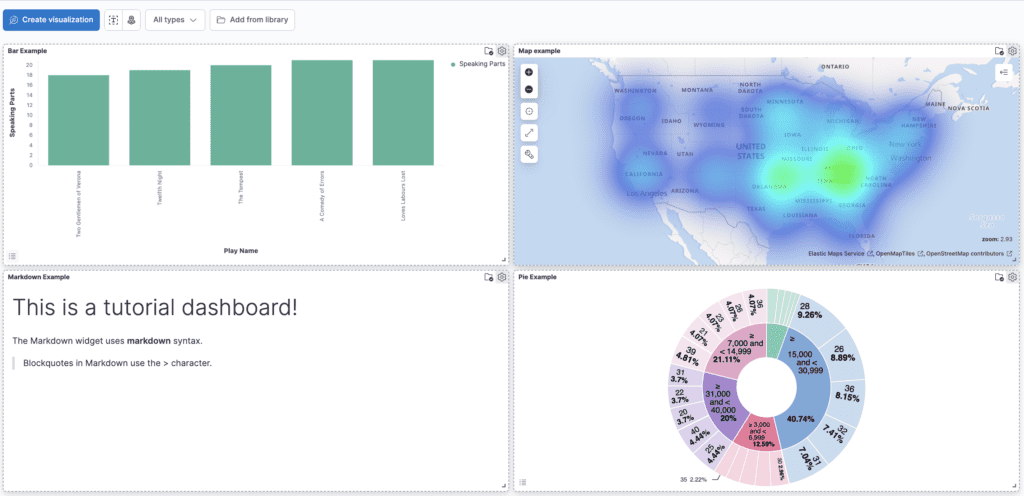
With Kibana it is possible to build custom dashboards to display our data in an appropriate way. There are different types of visualization including pie charts, bar charts and geographic maps. In this tutorial we’ll discover how to build a custom dashboard starting with data entry.
Kibana: let’s explore data

Kibana, ELK Stack’s data visualization tool, offers several methodologies to graphically represent and explore data. Thanks to some example data, you can better understand the potential of this tool. In this tutorial we will discover some of them.
What is Kibana used for?
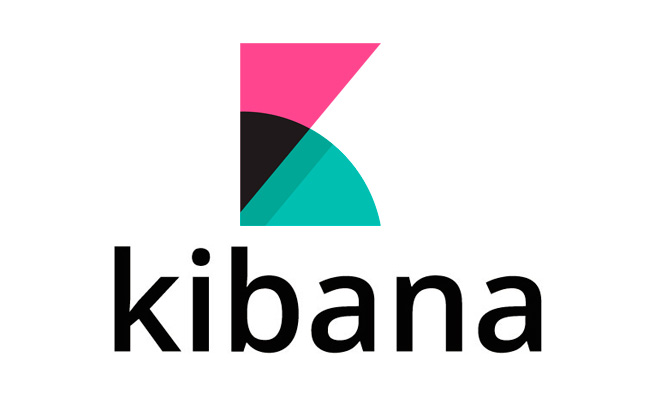
Data visualization plays a vital role in many activities. There are several tools, both open-source and paid, that allow us to create intuitive representations of our data. Among them we can’t mention Kibana, the data visualization tool by ELK Stack. Let’s find out what are its main features and not slo those dedicated to visualization.
ELK Stack: what it is and what it is used for
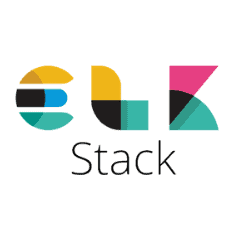
ELK Stack, an acronym for Elasticsearch – LogStash – Kibana, is a valuable tool for data ingest and analysis in various application contexts. Initially born to support the textual research, today its functionalities have increased considerably. In fact, it is possible to ingest data using Beats and LogStash and/or create interactive dashboards of analysis using Kibana. Let’s discover its main features.
MongoDB 5: the new features
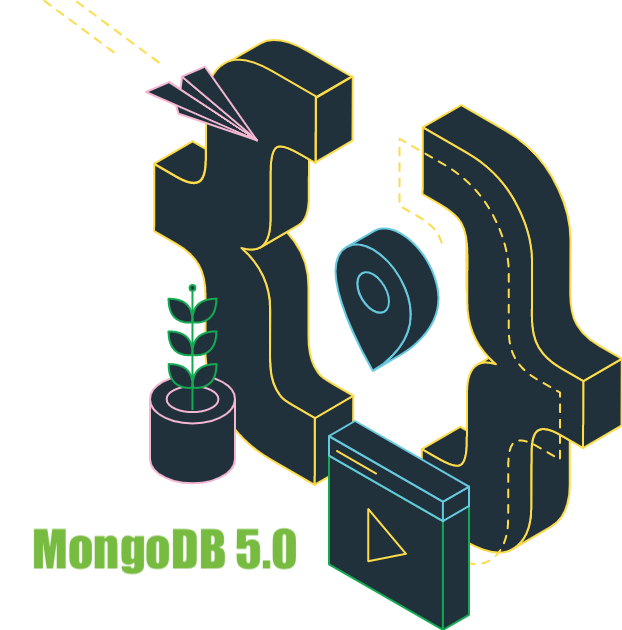
MongoDB is the most widely used NoSQL database in the world. Its continuous growth is due to the continuous development of new features. Version 5, released at the end of July 2021, introduced some very interesting new features. In this article we will analyze the most relevant and most useful in their daily use.
